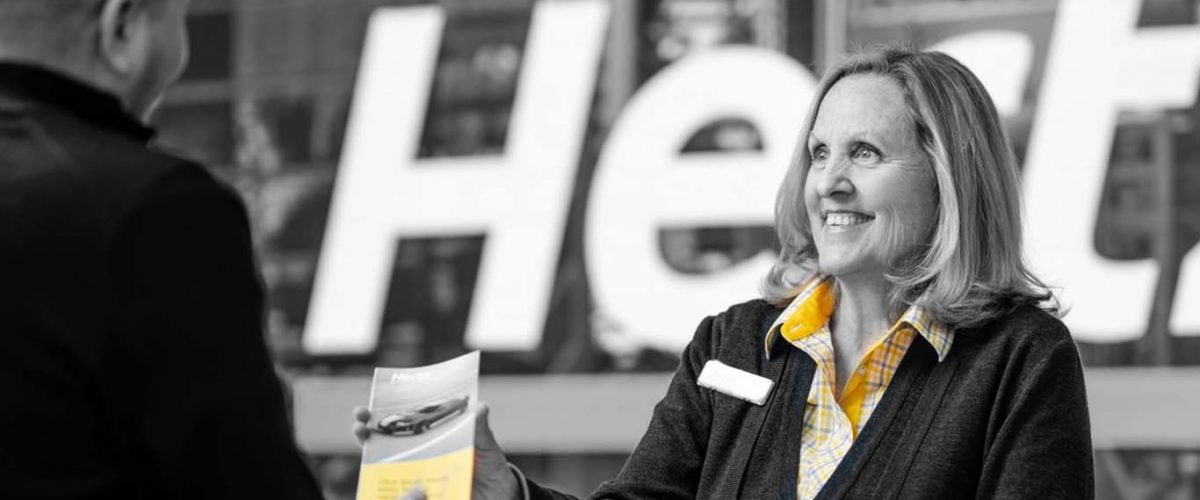Helping Hertz on the road to recoveryx
How the Firm helped Hertz to an incredible exit from bankruptcy.
When global vehicle rental icon Hertz Rent-A-Car entered bankruptcy in May 2020, its future looked bleak. Yet, just over a year later, the company exited Chapter 11 under a plan of reorganization that paid all creditors in full, returned substantial value to shareholders and put the company on course for unprecedented success. This was achieved by streamlining its vehicle fleet, materially delivering its balance sheet, and enhancing its liquidity. Partner Tom Lauria explains how the Firm partnered with the company to navigate this remarkable turnaround.
Upon approving car rental giant Hertz’ dramatic exit from bankruptcy in June this year, Judge Mary Walrath of the Delaware Bankruptcy Court said it ‘surpassed any result’ she’d seen in a Chapter 11 case in her 20-year career.
The feat was indeed unprecedented. When the Firm took the case, Hertz was facing a year-on-year drop in revenue of more than 90 percent and a US$19 billion debt mountain, including about US$10 billion of Asset-Backed Security (ABS) financing for its US vehicle fleet.
In fact, the company repeatedly warned that its stock could soon be worthless and that it may be forced to delist from the New York Stock Exchange.
Global Head of the Firm’s Financial Restructuring and Insolvency practice, Tom Lauria, explains: “In the spring of last year, Hertz was facing plunging revenues due to the Covid-19 pandemic and a sudden crash in used car prices that massively increased its monthly fleet rental costs.
“It was a perfect storm – revenues plummeted, operating expenses sky-rocketed and additional funding was unavailable.”
The Firm acted quickly to help Hertz preserve its liquidity in this highly precarious situation.
The company’s largest single recurring expense was its monthly lease payment that supported about US$10 billion of ABS financing for its fleet, which at the time included more than 500,000 vehicles. An unexpected decline in used car values drove Hertz’ monthly fleet payment obligation to a record high.
Tom says: “We made the difficult decision to suspend making payment under the fleet lease and negotiated a brief forbearance with the company’s lenders to give us time to try to find a solution.
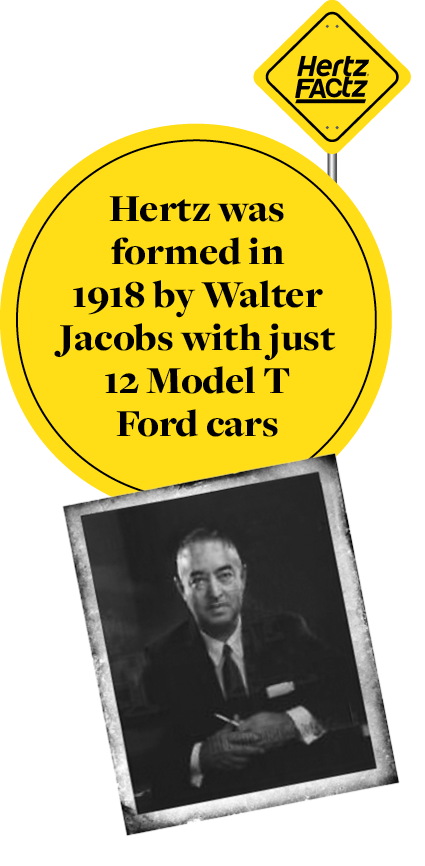
“That saved Hertz about US$500 million in April alone.”
Despite the Firm’s best efforts, negotiations to extend the forbearance further were unsuccessful and Hertz was left with no choice but to file for Chapter 11 bankruptcy protection in May 2020.
Tom says: “Filing for Chapter 11 comes with its own challenges and our priority was to address the company’s liquidity issues head on.
“First, we took advantage of a provision of the bankruptcy code that allowed us to suspend fleet rent payments for two months after filing. Those two months gave us breathing space to engage with the ABS lenders to agree on a path forward. That measure saved the company another US$1 billion of cash.”
Hertz then told the ABS lenders that it was prepared to launch a two-pronged strategy with respect to its ABS lease obligations. Firstly, it would ask the court to utilize the ‘equities of the case’ doctrine to temporarily reduce the ongoing rent to a level the company could afford. Secondly, it would seek to reject lease obligations on a vehicle-by-vehicle basis. Instead of litigating, the lenders ultimately agreed to be paid only about US$100 million per month from July to December.
Tom says: “Including the three-month period where Hertz didn’t pay rent at all, this strategy saved our client more than US$3 billion, which was critical to keeping the operation going, so we could focus on stabilizing the business.
“The deal we negotiated with the ABS lender group also included that Hertz would sell at least 200,000 vehicles in its US fleet by the end of the year.”
Importantly, this would allow the company to reduce the size of its fleet, which was largely idle at the time due to the impact of the Covid-19 pandemic, while also paying down it’s US$10 billion of ABS debt.
“This deal couldn’t have been better timed,” says Tom, “as it came at a moment when used car prices dramatically reversed course and spiked upwards.”
While working to reduce the company’s cash burn, the Firm faced the challenge of finding the extra investment needed to fund the company’s operations and ongoing fleet renewal needs while in Chapter 11.
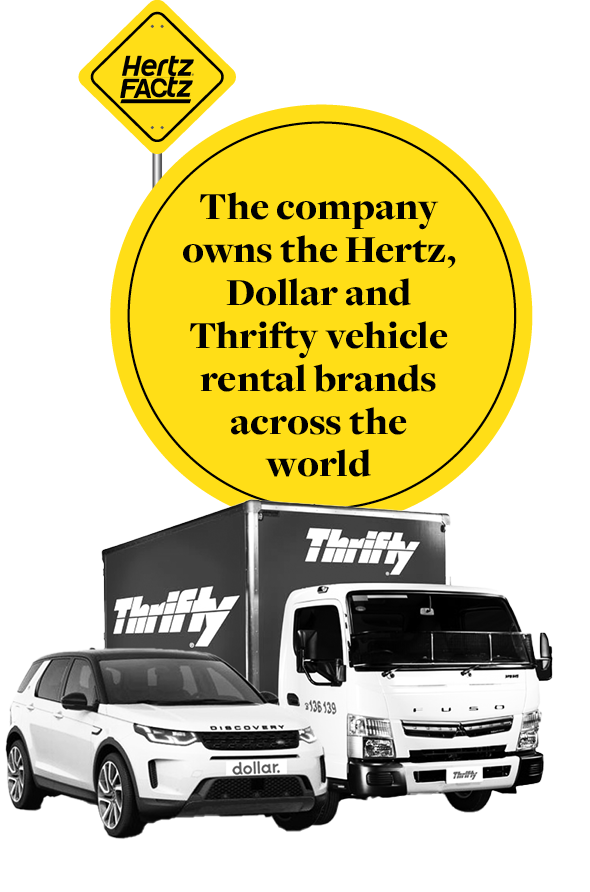
Prior to pursuing traditional DIP financings, the Firm tried to put Hertz in a position to capitalize on extraordinary market conditions to raise new money, not by issuing debt, but rather by selling equity.
For reasons that continue to defy explanation, shortly after Hertz filed for Chapter 11 protection, the price of its shares traded up by as much as 700 percent on extremely high volume.
“If people wanted to buy Hertz shares, why shouldn’t Hertz benefit by selling them?” says Tom. “So, relying on a pre-bankruptcy registration statement that was still in effect, we took the unprecedented step of asking the bankruptcy court to approve selling shares on the market.
“We had 250 million shares available to sell; based on the market price of US$5 per share, we had the possibility of raising more than US$1 billion.”
When the Securities and Exchange Committee (SEC) expressed no objection at the hearing, the court authorized the company to sell those shares, recognizing the benefit to the estate.
But the strategy was short-lived. During the first day of share sales, the SEC reversed course and questioned the propriety of a Chapter 11 debtor selling shares to the public.
Rather than attempt to fight the objection, the company shifted strategy to pursue traditional debtor in possession financing.
“In hindsight, I can’t help but wonder how differently the case would have gone,” says Tom. “The pay-out to shareholders could have ended up being double what it ultimately was.”
Subsequently, the company sought and obtained a US$1.6 billion DIP financing to fund ongoing operating losses and equity contributions that would be required to fund the purchase of new vehicles and, second, it procured a new US$4.0 billion interim ABS financing that would permit the company to buy the cars and vehicles it would need during its stay in bankruptcy.
Having stabilized operations by obtaining massive cost savings and even more massive debtor-in-possession financings, the company now needed to turn its attention to finding an exit from Chapter 11.
A plan for treating the company’s enormous debt-load would have to be formulated and negotiated.
Tom explains: “For Hertz to have the best chance of turning things around, we knew we needed to exit Chapter 11 as quickly as possible, hopefully by the middle of 2021.
“That’s because summer is the busiest time of the year for the car rental business and, if the market recovered in 2021, the company would need to be out of Chapter 11 to capitalize on the rebound.
“Even more importantly, we knew that Hertz would need to start ordering new vehicles for 2022 in the summer of 2021.
“Failure to do so would likely result in the long-term impairment of the business. And no-one believed the company could meet its ongoing fleet needs while in bankruptcy.
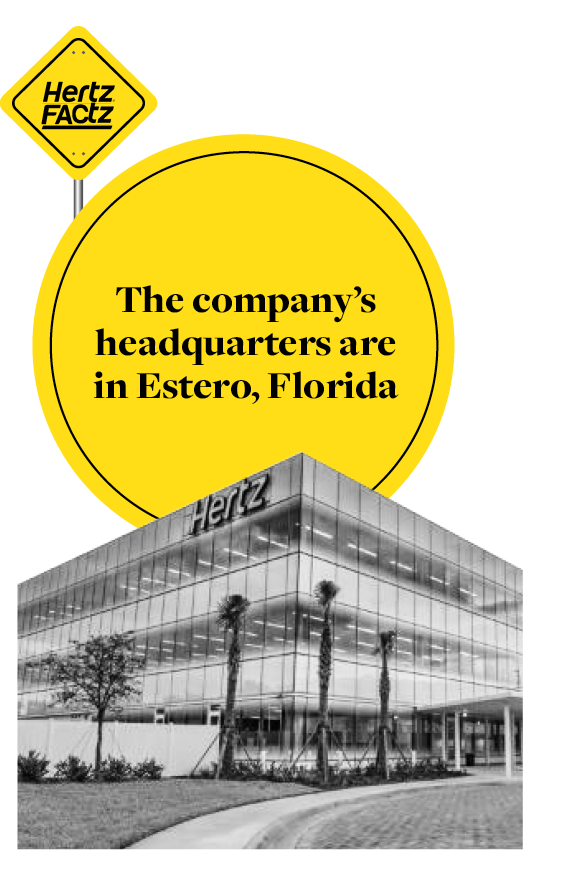
“So, in late October 2020, we sat down with the Hertz board to explain the process and to set a target exit date of June 30, 2021, which we knew was ambitious. But, we also appreciated that, if we didn’t immediately start driving the process towards the finish line, we risked spending another year in Chapter 11.
“We believed that hitting this deadline would require finding and negotiating with potential investors and getting the framework of a deal in place by the end of February.”
It soon became clear that competition for making the investment would come from three groups: an ad hoc group of the company’s existing bondholders, who viewed themselves as the fulcrum security in the company’s debt stack; an outside investment group comprised of financial titans, Centerbridge Partners, Warburg Pincus and Dundon Capital Partners; and another group led by Knighthead Capital Management and Certares Opportunities, which had built a massive travel services business that included American Express travel services.
The initial expressions of interest from all three parties, which were received in late January, valued Hertz at between US$3.3-US$3.6 billion.
“We were extremely disappointed,” said Tom. “Transacting at that value would provide only a nominal recovery to creditors and was far below the total Hertz and the Firm felt would be necessary to return the company to a stable footing on exit.
“We frequently represent distressed investors and strategic investors, so we know that they often throw in low-ball bids to test the waters and see if they can transact at a bargain price.
“We had to find a way to see what they were really willing to pay, and we had to do so in a hurry if we were going to have any chance of hitting our June 30 target. So, rather than just trying to get the parties to re-bid, we suggested the unusual approach of creating a ‘straw man’ proposal, laying out what Hertz would accept.
“It was premised on a US$4.5 billion valuation and a 70c pay-out to creditors.
“I remember the Hertz board, and everyone else for that matter, thinking it was unrealistic. But no-one else had a better idea, so the board authorized me to send it to the investor groups on 10 February.”
The Firm’s bold approach paid off. Within a week, the Knighthead/Certares group not only agreed to the proposal, but also increased the valuation of the company to US$4.8 billion.
“We had our stalking horse,” says Tom, “and so, to everyone’s surprise, we filed our plan on March 1. We set mid-April for our disclosure statement hearing. The drum-beat of June 30 got a little louder.”
And, as Hertz’s bond price and the value of industry rival Avis continued to rise, the competition to invest in the company intensified.
The Centerbridge/Dundon/Warburg group returned with a rival bid in late March that increased the creditor pay-out to 75c.
“After determining that it was superior proposal,” Tom says, “we changed horses in mid-stream and announced our plan to present the Centerbridge group as our plan sponsors at a court hearing on 16 April.”
However, that didn’t end Knighthead and Certares’ interest in doing a deal.
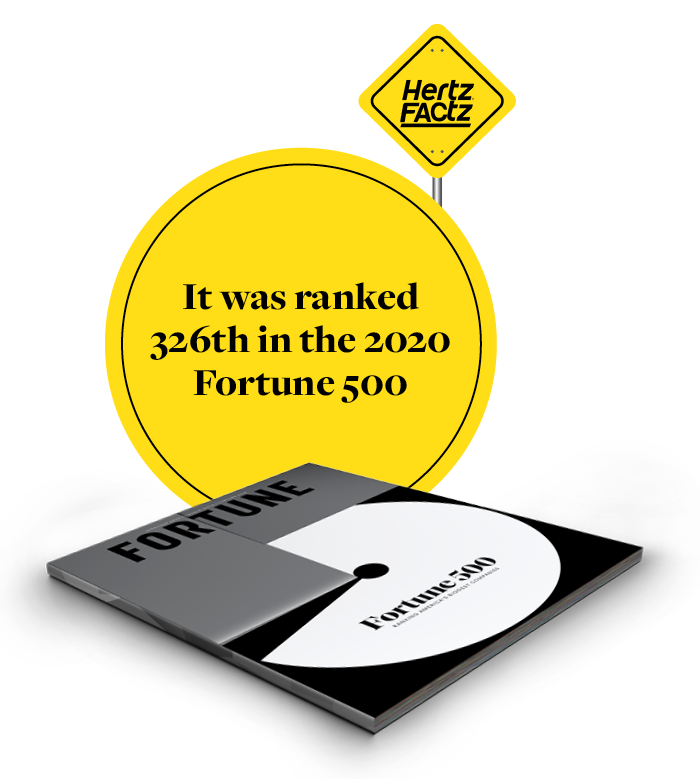
Tom says: “We knew that they would need to raise extra cash to compete, so we put Knighthead in touch with Apollo Capital, who we knew were looking for an opportunity of this kind.
“Sure enough, we received an improved offer from Knighthead and Certares, this time supported with capital from Apollo, at 1am on the day of the hearing.
“Importantly, this bid actually provided a return to shareholders of about 50c per share.”
Given the late bid, the court suggested all parties take a few days to consider their options.
After the Centerbridge group improved its offer to provide shareholders with nearly 90c per share, the court approved its bid to sponsor the plan and the company’s right to exercise a fiduciary out if it got a superior proposal.
“Anticipating that there would be more bidding, but not wanting to jeopardize our June exit target, we took the unprecedented measure of going back to the court for approval of bidding and auction procedures.
“As expected, Knighthead, Certares and Apollo came back with a better proposal and Centerbridge then indicated they would top it again.”
The rival bidders faced off at an in-person auction at the Firm’s Miami office on 10 May.
“The auction went on for over 30 hours with plenty of high-tension moments,” says Tom. “Feeling the momentum of the moment, we decided not to let people leave.
“At about 7pm on the Tuesday, we accepted an improved sponsorship proposal from Knighthead, Certares and Apollo funded by around US$2.8 billion in direct common stock investments from the Knighthead/Certares group, the issuance of US$1.5 billion of new preferred stock to Apollo, and a fully backstopped rights offering to existing shareholders to purchase US$1.635 billion of additional common stock.
“Their proposal provided for payment in cash of all administrative, priority, secured, and unsecured claims and a further improved equity recovery to existing stockholders worth more than US$1 billion, which made everybody happy. It was an incredible outcome.”
A hearing was held on 14 May when Hertz presented the improved plan sponsorship proposal to the court. It won the approval and admiration of Judge Mary Walrath, who described it as a ‘fantastic result’.
The plan was formally approved on 1 June and Hertz exited Chapter 11 on 30 June, perfectly on schedule with the Firm’s original plan.
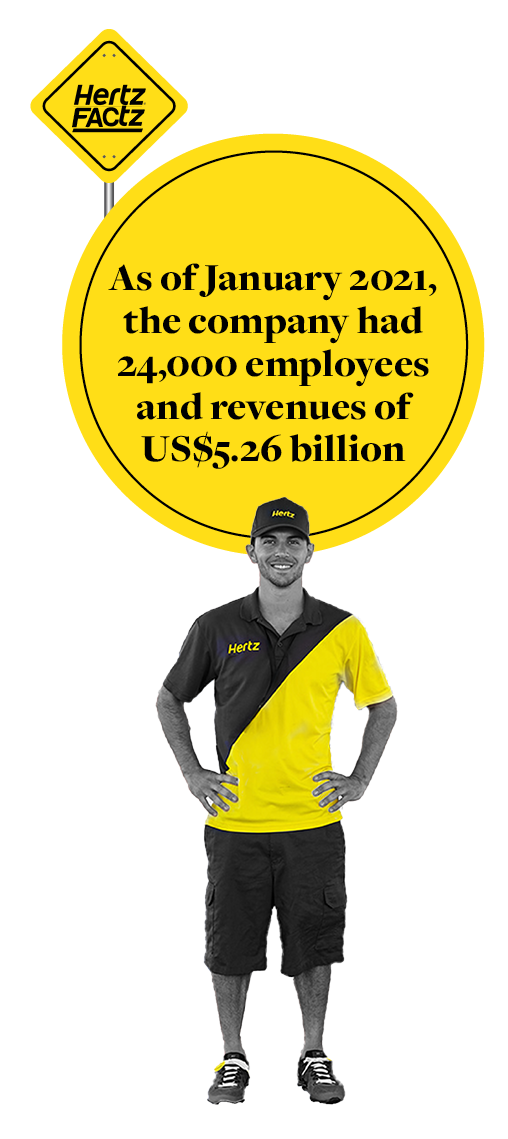
The overall Hertz reorganization plan provided for the investment of about US$6billion of new equity capital, the funding of US$2.8 billion of new corporate financing on favorable terms, including an undrawn US$1.25 billion revolver, and successful placement of US$7 billion of new ABS financing with an all-in yield of less than 2 percent.
The transaction results in a materially strengthened business, providing the company with the global liquidity needed to fuel its future growth, while reducing corporate debt by about US$5 billion. All creditors were paid in cash, in full, and shareholders received cash, stock and warrants valued at US$7 to US$8 per share.
Tom says: “It’s no exaggeration to say that our team successfully guided Hertz through one of the largest and most complex restructurings of all time.
“Our global footprint and ability to deliver coordinated cross-disciplinary expertise, including restructuring, litigation, bank finance, high yield, securitization and M&A, put us in a unique position to assist the company in navigating its way to achieving a truly extraordinary turnaround in just over a year.
“We are extremely proud of this remarkable outcome, which is testament to our team’s unmatched commitment to solving difficult problems through innovation, dedication and good old-fashioned hard work.”
The team working on this landmark project included partners Gregory Pryor, Adam Cieply, David Thatch, Chris Shore, Eric Leicht, David Bilkis, David Johansen, David Dreier, David Turetsky, Andrew Zatz and Elizabeth Devine, and Henrik Patel and counsel Kenneth Barr and associates Andrea Amulic, Caitlin Colesanti, Steven Schwartz, Sam Hershey, Kathryn Sutherland-Smith, Erin Smith, Kathrin Schwesinger and Livy Mezei (all in New York); partner Matthew Brown, counsel Fan He and associates Eitan Goldberg, Cecilia Walker and Gregory Warren (all in Miami); partner Jason Zakia and counsel Laura Baccash (both in Chicago); partners Roberto Kampfner, Ronald Gorsich and Brenda Dieck, and associates Aaron Colodny, Andrew Mackintosh, Doah Kim and RJ Szuba (all in Los Angeles); partner A.J. Ericksen and associate Hannah Craft (both in Houston); and partners Ian Wallace, James Greene, Morvyn Radlow and Tom Falkus and associates Sunaina Deol, Ellen Campbell and Suzanne Thomson (all in London).



